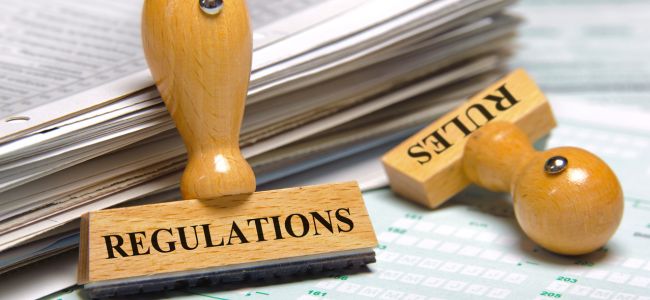
Understanding the essential elements of footwear protection in tough, high-risk industries.

Emergency shower and eyewash equipment is vital for employees facing chemical hazards.

The pros and cons of traditional LOTO procedures versus modern electronic LOTO systems, and how each method impacts safety, efficiency, and standards compliance.

The critical elements of fall protection involve identifying hazards, implementing safety solutions, embracing innovation, and fostering a culture of safety leadership.

The HVDC systems used in a variety of emerging applications are not as well understood.

Technology, regulations & increased focus on safety are transforming gas monitoring.

A five-step guide for implementing connected safety for construction workers and setting your organization up for success.
OSHA’s latest arc-flash guidance highlights critical safety measures, including proper hazard identification, PPE requirements, and the importance of verifying de-energized work. Employers must take action to improve electrical safety.
Understanding where your organization stands in the safety culture spectrum can help prevent soft-tissue injuries and improve workplace safety. Learn how to move to the next level.

Newest Concentrations Focus on Communication and Industrial Hygiene.

The Safety Days return April 2-3, providing industry professionals with essential training on workplace safety and best practices.

The AWA strengthens Alaska’s workforce by bridging skills gaps, expanding career opportunities, and collaborating with industry partners to develop programs.

AlertMedia’s 2025 report finds a growing gap between employee safety expectations and employer efforts.

ASSP congratulates Lori Chavez-DeRemer, emphasizing collaboration to enhance workplace safety.

Cintas’ Troy and Romulus facilities have earned Michigan’s highest workplace safety honor award for their exceptional safety culture, employee engagement, and injury-free record.

NSC supports a new ISF report advocating for workplace safety beyond compliance, emphasizing risk-based programs that drive better business outcomes.

The Washington Department of L&I is seeks to update its workplace injury and illness tracking requirements to comply with new federal OSHA standards.